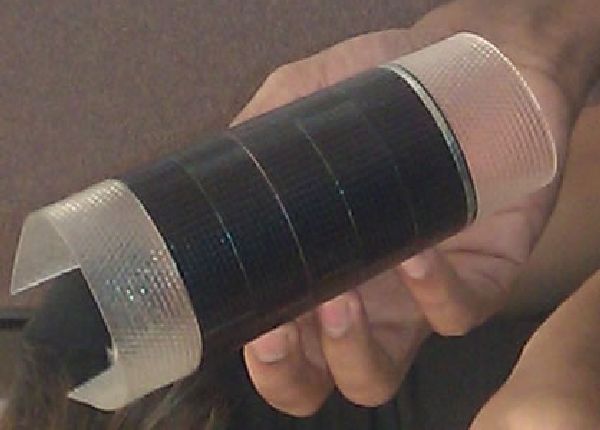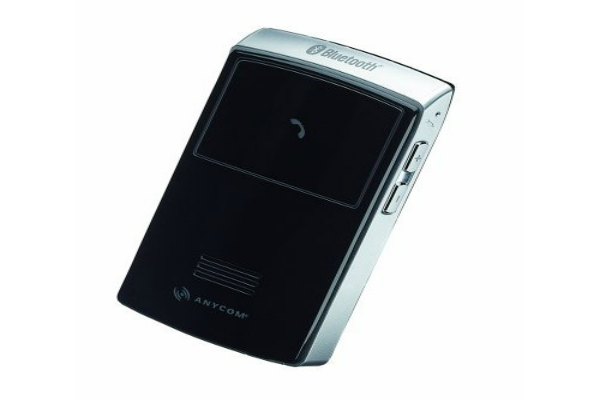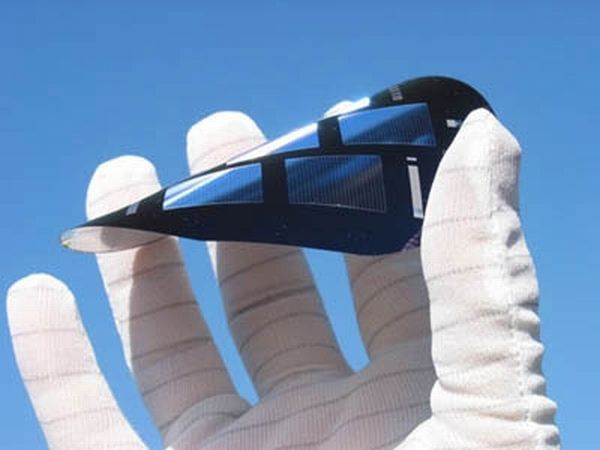Theoretically speaking, solar cells have a limited capacity to harvest sunlight and convert it into electric energy. Since 1961 and until now, this restricted capacity stands at around 33.5 percent i.e. under ideal conditions, only 33.5 percent of the incoming energy from the photons will be absorbed. What’s more is that on a practical level, researchers have only been able to achieve 26 percent efficiency for flat plate and single junction solar cells. This limit can now be extended, thanks to the research team from the University of California, Berkley.

According to the researchers solar cells should be made to work like LEDs that will perform the dual function of absorbing as well as emitting light. This way, the better the power of a solar cell to emit photons, the better will be its efficiency and it will produce higher voltage.
The study revealed that there was indeed a mathematical connection between the efficiency of solar cells and their absorption and light emitting capacity. This conception was put to test by Alta Devises; they created a prototype of solar cell that allowed light to escape easily, by increasing the reflectivity of the rear mirror. The result was that the performance of the solar cells increased from 26 percent to a 28.3 percent.
Delving a bit deeper into the technology, you should know exactly how this system works and what makes it more efficient. Well, the process begins when photons from the sun hit the electrons and the energy so produced knocks free the electrons to flow freely. But, during this, extraneous photons are produced through a process called luminescence. These photons that come not from the sunlight have to be released, because although they might bring more photons with them, actually hinder achieving greater voltage.
Therefore, emitting photons will give higher voltage and obviously greater efficiency. In the long run researchers wish to achieve 30 percent efficiency and apply this technology universally, across the spectrum of solar cells.
Via: Osa




